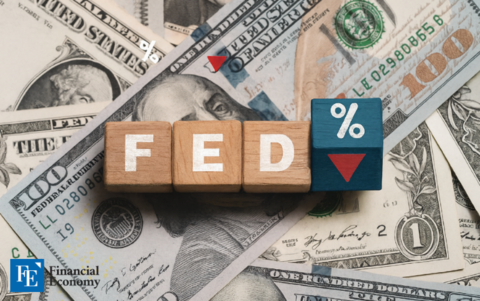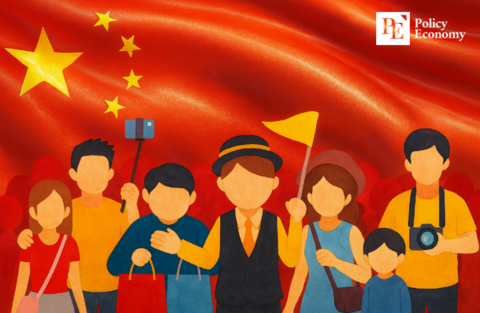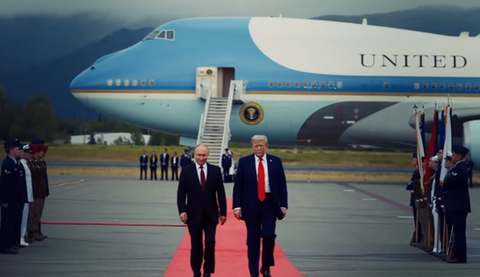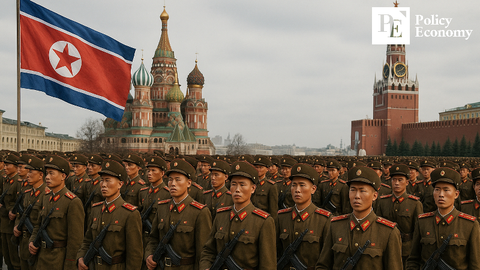CATL Pursues Hong Kong Stock Market Listing Amid Mixed Market Signals
Input
Changed
China’s CATL to Raise $4 Billion Through Hong Kong IPO Can It Overcome U.S. Government Interference? Hong Kong Market Rebound and U.S.-China Trade Talks Offer Tailwinds
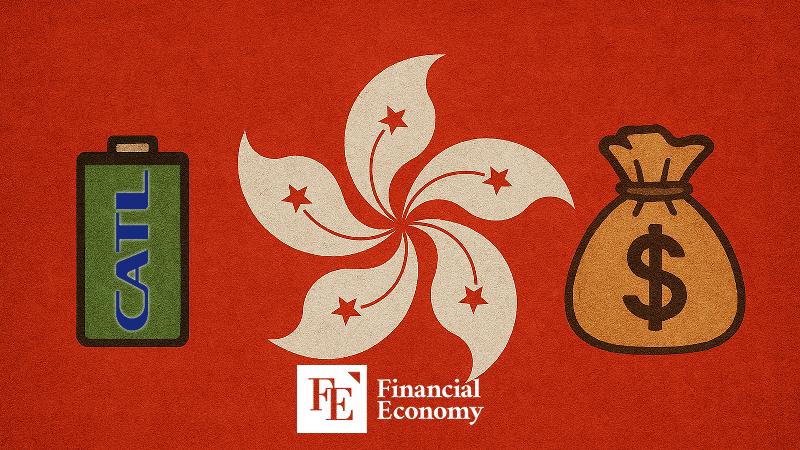
As the global electric vehicle (EV) market matures and geopolitical tensions continue to mount, Contemporary Amperex Technology Co. Limited (CATL), the world’s largest battery manufacturer, is preparing for a pivotal financial move. The Chinese battery giant has set its sights on listing on the Hong Kong Stock Exchange, seeking to raise substantial capital to fund its expanding operations in Europe. But this isn't merely a routine public offering. CATL's IPO is unfolding against a backdrop of competing forces: a recovering Hong Kong stock market, renewed trade dialogue between the U.S. and China, and a steady stream of political roadblocks from Washington.
This ambitious plan could mark a turning point not only for CATL but also for China's broader industrial landscape, as companies navigate the increasingly narrow path between international opportunity and geopolitical constraint.
CATL’s Strategic IPO and European Expansion
On May 11, international outlets including Bloomberg and Reuters reported that CATL had submitted its preliminary listing application to the Hong Kong Stock Exchange. The company plans to offer 117.9 million shares, with 109.1 million allocated to institutional investors and 8.8 million reserved for retail investors. The maximum offering price is set at 263 Hong Kong dollars, or roughly 47,000 Korean won, representing a modest 1.4 percent discount compared to CATL’s Shenzhen closing price of 248.27 yuan (approximately 48,000 won) just two days earlier.
If the shares are priced at the upper limit, CATL’s total market capitalization would reach around 31.077 billion Hong Kong dollars, equivalent to about 4 billion U.S. dollars or 5.6 trillion Korean won. And if investor demand warrants the activation of the greenshoe option—a provision that allows the sale of additional shares beyond the initial allotment—the IPO could ultimately scale to a maximum of 5.3 billion dollars, or roughly 7.44 trillion won.
The funds raised through this public offering are earmarked for investment in CATL’s European operations. The company already maintains production bases in Germany and Hungary and is in the process of launching a new facility in Spain. This expansion comes at a critical time when the global EV industry is grappling with what analysts refer to as the “EV chasm”—a temporary decline in demand that has created short-term uncertainty in the sector. CATL appears intent on overcoming this slump through proactive infrastructure investment and international market positioning, seeking to maintain its global leadership and secure long-term competitiveness.
Washington’s Pushback and Political Interference
Despite its strategic vision, CATL’s path forward has been complicated by escalating political pressure from the United States. In 2023, the company announced a high-profile partnership with Ford to build a lithium battery plant in Michigan. The move, while significant for CATL’s entry into the U.S. market, immediately drew scrutiny from lawmakers. The U.S. House of Representatives launched three investigations into the project, leading to two separate construction halts.
That same year, the U.S. Department of Defense requested that CATL suspend its planned installation of batteries at a Marine Corps training facility in North Carolina, citing national security concerns. CATL complied and discontinued its involvement in the project.
The opposition extended beyond U.S. soil and directly targeted CATL’s Hong Kong IPO. On April 18, the Financial Times reported that Congressman John Moolenaar, Chair of the House Select Committee on the Chinese Communist Party, sent letters to JP Morgan Chase CEO Jamie Dimon and Bank of America CEO Brian Moynihan, urging them to withdraw support for the listing. In his communications, Moolenaar warned that continued involvement in CATL’s IPO could expose the banks to significant regulatory, financial, and reputational risks. He expressed concern that American financial institutions, including JP Morgan, were actively promoting the public listing of what he described as a Chinese military-affiliated company, despite being fully aware of its designations and alleged ties to sanctioned entities.
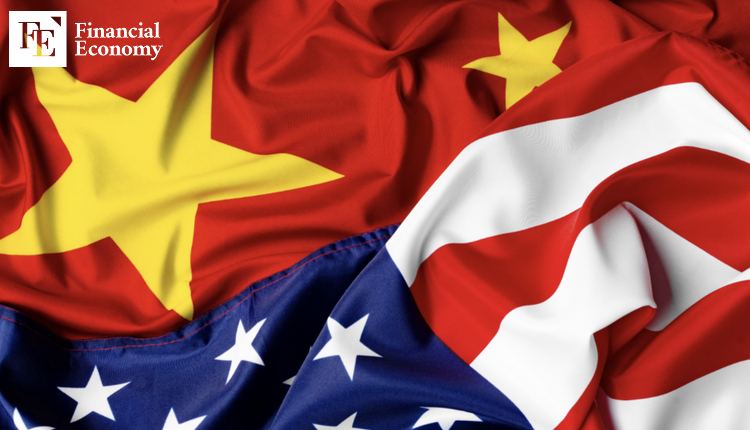
These direct warnings from U.S. lawmakers reflect the increasingly aggressive stance Washington is taking against Chinese firms operating globally, particularly those with strategic importance or perceived connections to the state. The campaign to discourage Western financial support for CATL's public offering represents a broader effort to sever China’s industrial champions from international capital.
Shifting Market Winds and the Road Ahead
While U.S. political interference persists, recent developments in Asian markets and economic diplomacy offer CATL a more favorable environment. The Hong Kong Stock Exchange, after a period of stagnation, has begun showing signs of recovery. On May 8, it rose by 1.1 percent, hitting its highest point in a month. This modest rally was buoyed by a series of economic stimulus measures from the Chinese government that have helped to partially restore investor confidence.
The People’s Bank of China recently reduced its policy interest rate by 10 basis points, or 0.10 percentage points, signaling its intent to inject liquidity into the economy. These moves follow earlier measures such as cuts to banks’ reserve requirement ratios and policy actions aimed at stabilizing the financial and real estate markets. Together, these interventions have created a more supportive backdrop for IPOs and capital raising efforts by Chinese firms.
At the same time, renewed trade dialogue between the United States and China has introduced a sliver of diplomatic optimism. From May 10 to 11, U.S. Treasury Secretary Scott Bessent and U.S. Trade Representative Jamison Greer met with Chinese officials, including Vice Premier He Lifeng and Vice Minister Li Chenggang, at Villa Saladin in Geneva. After the discussions, Bessent described the talks as productive and noted that the two countries had made substantial progress in key trade areas. Greer echoed that sentiment, emphasizing that the speed with which both sides moved toward an agreement suggested their differences were not as vast as previously believed.
These developments, while not directly resolving the challenges CATL faces, contribute to a more stable and encouraging market climate. Industry analysts believe that if CATL succeeds in its Hong Kong IPO under these conditions, it could set an important precedent for other Chinese firms seeking global capital through Hong Kong rather than Shanghai, which continues to face structural and regulatory limitations. As one market expert noted, the success of CATL’s IPO could establish a positive example of how global investment can still flow into Chinese industry despite mounting geopolitical tension. If more companies follow suit, the resulting capital influx could ease the financial strain on China's industrial sector and help sustain its long-term development.


